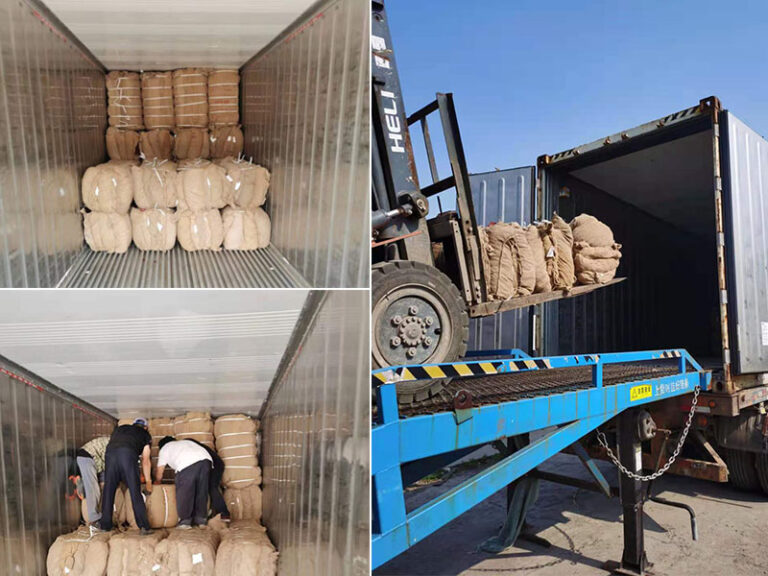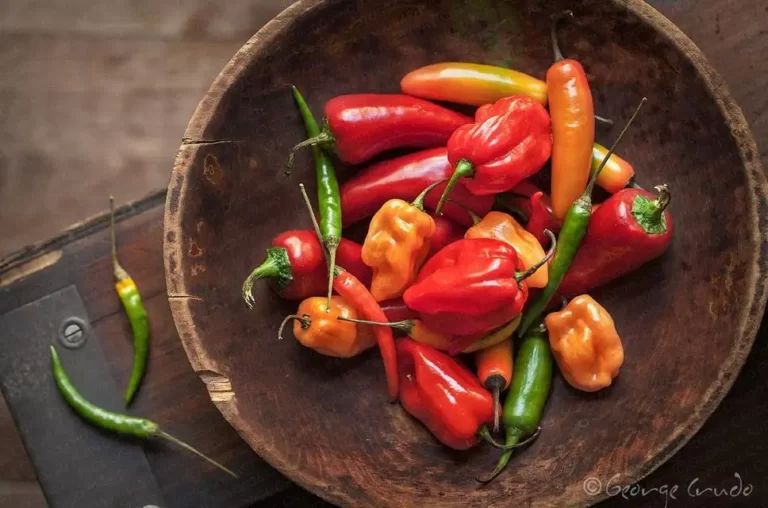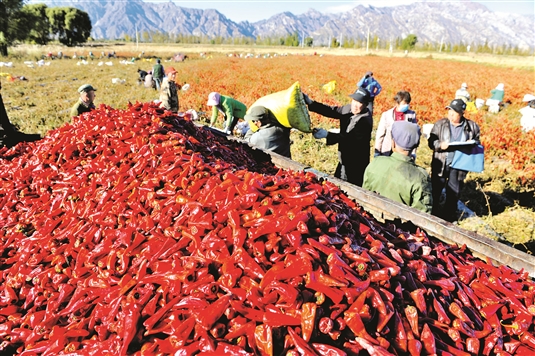Which country produces the most dried chillies?
In 2015, the production of dried chillies in India was 1.6 million tons. India accounted for nearly 35.45% of the global dried chilli market in 2016, followed by Thailand, Ethiopia, China, and Pakistan. Its exports account for 72.93% of world exports by 2021, with India’s top importers being Vietnam, Thailand, Sri Lanka and Indonesia.
There is no doubt that India is the largest producer of dried peppers in the world, and the output is increasing year by year, and the Indian government also actively encourages Indian agriculture to grow peppers and supports Indian companies to export dried peppers to increase foreign exchange earnings.
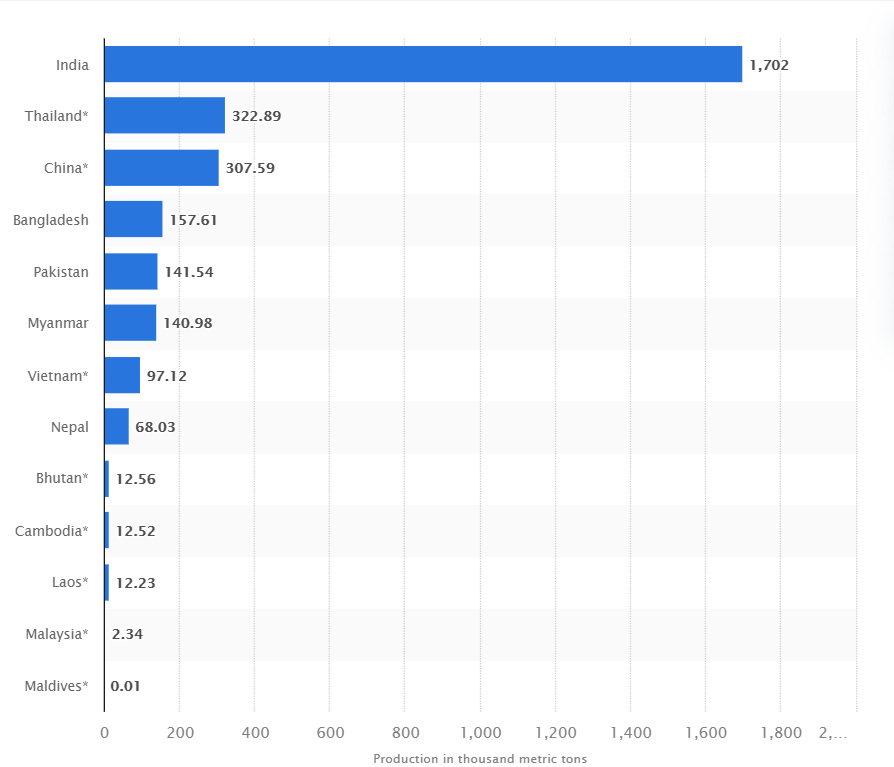
Although India is the world’s largest dried chillies exporter and producer, the vast majority of Indian chili peppers are spicy varieties, which do not meet the taste of Europeans. Most of India’s dried chili peppers are exported to China for making hot pot bases and chili sauce.
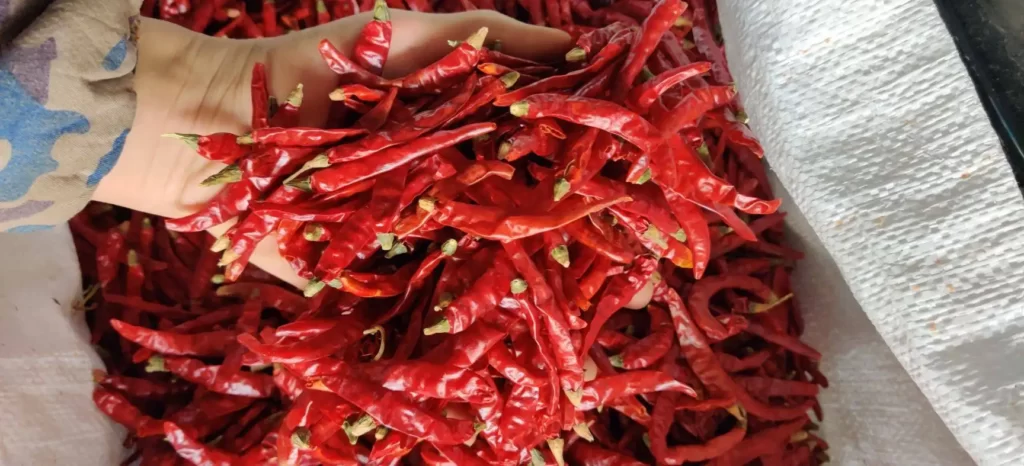
China’s dried chillies export market
As the second largest dried chillies exporter in the world, the exporters of dried chili peppers in China are eager to get rid of their status as suppliers of cheap raw materials, move towards higher goals, continuously improve the technical level and processing technology, and most of the factories have established their own The compliant laboratory monitors the product at the source, increases the planting scale of pollution-free products, reduces the use of pesticides, and exports products that meet EU standards.
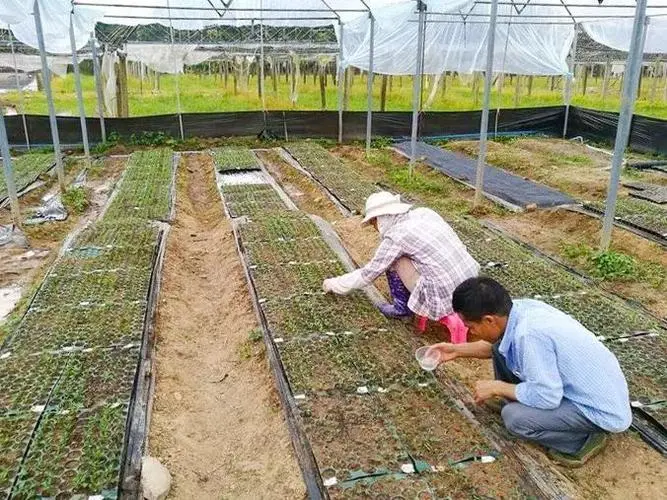
As a result, China has become the most competitive dried chillies exporter in the world. Most of the dried chili peppers in Europe are imported from China. Spain is one of the largest importers of dried chili peppers in Europe, followed by Germany, the United Kingdom, and the Netherlands. In 2021, Spain will account for 22.64% of total European dried chili imports, while Germany will account for 20.4% of European imports and the United Kingdom will account for 9.64% of European imports.
Chili varieties grown in China
China has more than 400 years of pepper planting history, planting more than 1,000 varieties, currently in China, the planting area is relatively large, including yindu chili, chaotian chili, tianying chili, american red chili, sweet pepper, sanjin chilli, jinta chili, capsicum baccatum, capsicum pubescens, The European market has the largest demand for sweet paprika, and Spain’s sweet paprika imports account for more than 40% of China’s exports.
Distribution center of Chinese dried pepper
The export distribution center of China’s dried chili is located in Qingdao, China. There is a saying that the highway leading to Qingdao is blocked in traffic, and the price of dried chili all over the world will increase, which shows the position of Qingdao’s dried chili market in the world. Why can Qingdao become China’s dry pepper distribution center? Because Qingdao Port is the third container terminal in China, and Qingdao is less than 800 kilometers away from Japan and South Korea, so the transportation is very convenient.
What is interesting is that Qingdao is not a pepper planting area, but peppers from Inner Mongolia, Xinjiang, Jilin, and other regions choose to come to Qingdao for trading. One of the important reasons is that Qingdao belongs to a temperate monsoon climate, and the water content of peppers transported here is basically About 14%, which is more conducive to preservation and export.
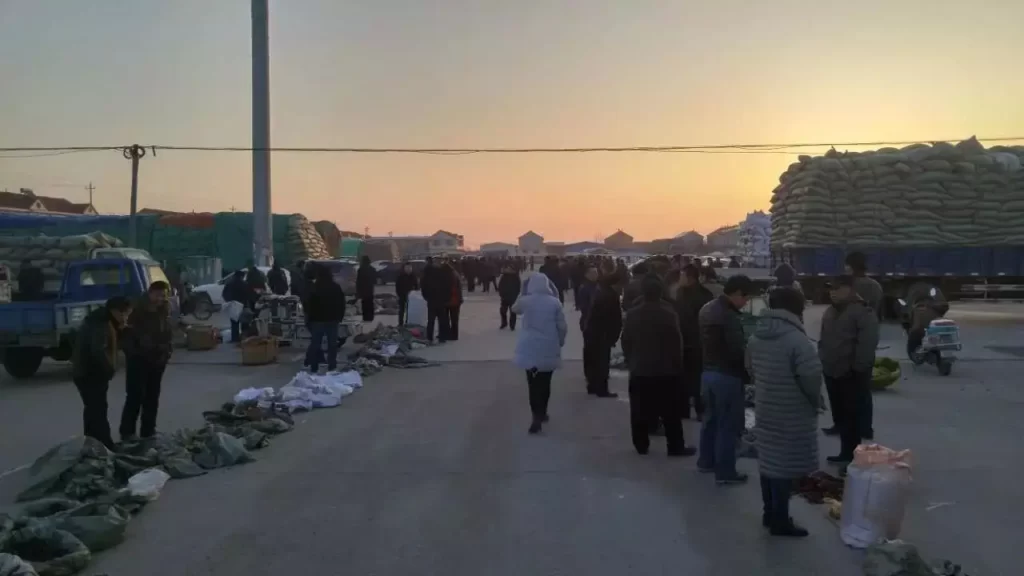
Why China is the most potential dried chillies exporter?
Let’s go back to the original question, why China is the most potential exporter of dried chili peppers, with the arrival of China’s aging population, the rural surplus labor is getting smaller and smaller, China must carry out agricultural reform, release a large amount of arable land, by professional The agricultural company of China will take over the operation. At that time, large tracts of farmland will be connected together to form a large farm similar to the United States. With scientific and standardized management and unified product standards, the production of peppers in China will usher in new growth, while food processing enterprises will usher in new growth. The company has already completed industrial upgrading, and standardized product supply combined with scientific and efficient production technology will promote the export of Chinese dried peppers to more countries



